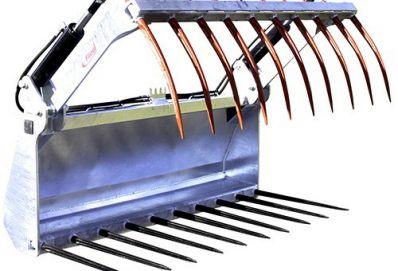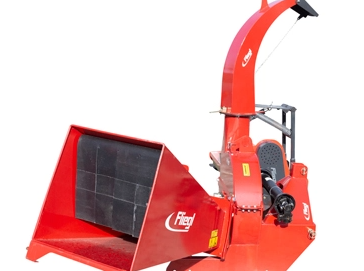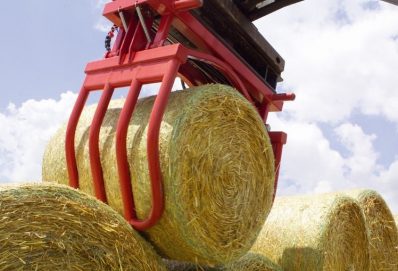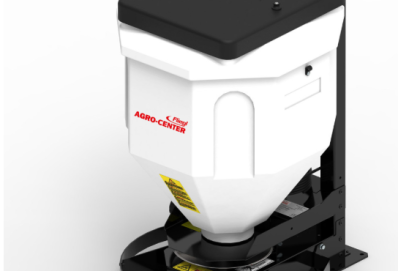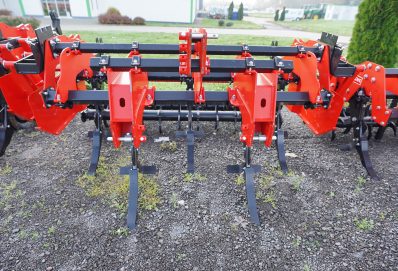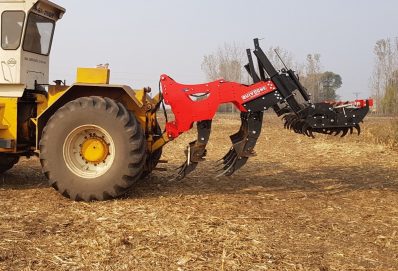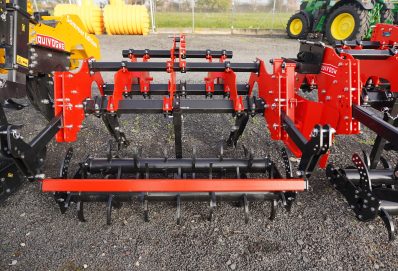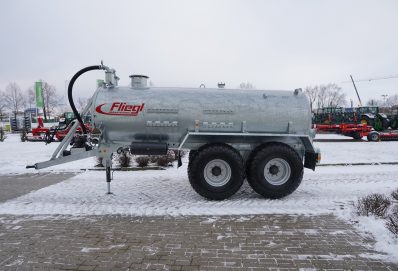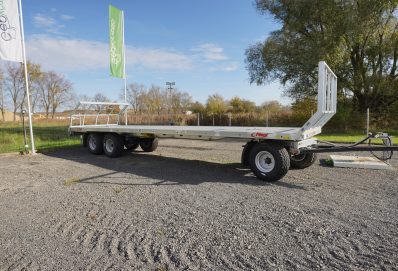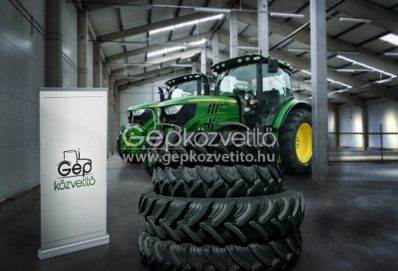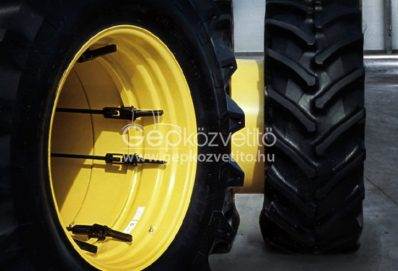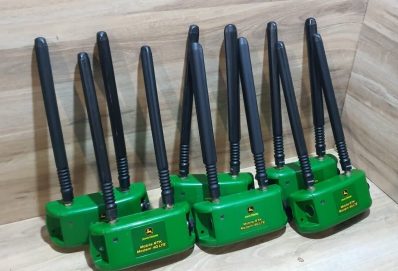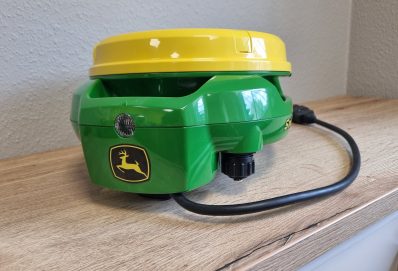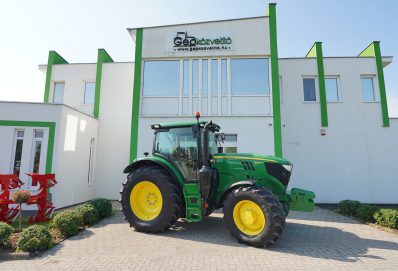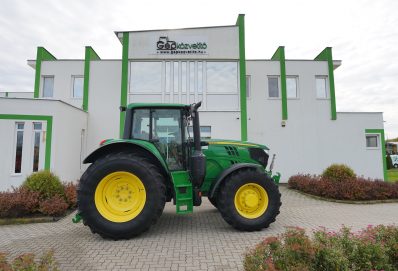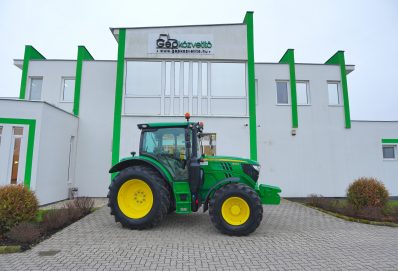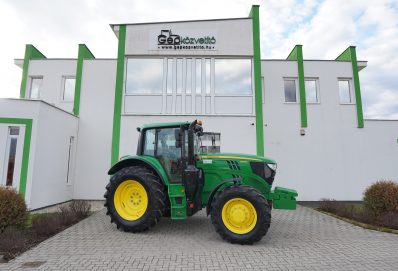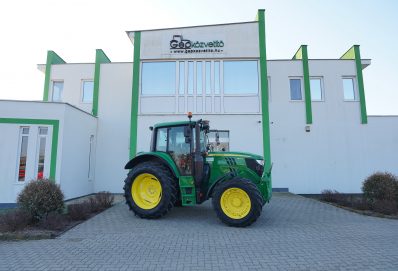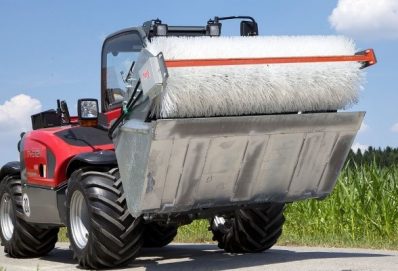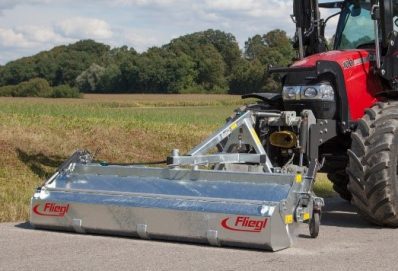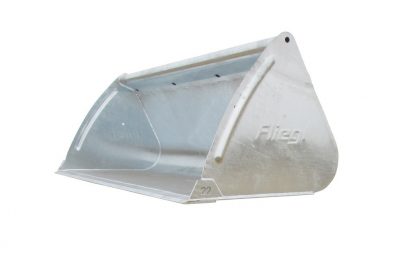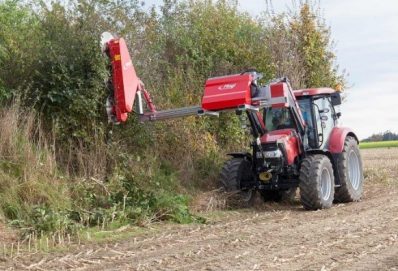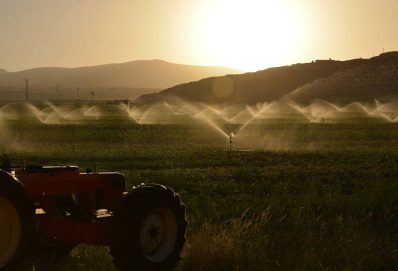Questions about agricultural irrigation: when, how much, why?
2024. November 12.Without irrigation there is no agriculture. This is clear for everyone. Of course, farmers are in big trouble, because the dry summers dry everything out, so irrigation is also at risk.
The question may arise as to when to irrigate, when it is possible to irrigate, how much to irrigate and how to irrigate in order to maximise yields.
Danger source
Climate change is a fact and we all feel it. The biggest problem for agriculture is that some sectors are significantly affected. Increased temperatures are affecting the moisture content of the land and the fact that the amount and frequency of rainfall is so variable is not helping them to do their job. In Hungary, the problem is not necessarily the quantity, but the distribution, the frequency, the torrential downpours. Especially at the end of autumn and in winter, when there is often too much of it, which hinders the earthworks that need to be carried out at that time. The soil is unable to absorb some of the rainfall, and the surplus then runs off the land, increasing the number of wetlands and reducing the proportion of land that can be ploughed. This is causing significant damage to agriculture, especially with more intense rainfall, which is not expected to decrease in the future. Soil erosion in river catchments is high, but the current situation could even lead to landform changes. River flooding will not be a one-off event in a year. The occasional excess of water will therefore cause damage, but also significantly increase the risk of drought.
What to do?
The Mediterranean region has the highest share of irrigated land in Europe. The drip irrigation method is mainly known there. We should adopt this method. In Western Europe, however, more solutions are known and used. In semi-intensive or intensive crops, supplementary and supplementary irrigation is preferred in summer, which means that in Europe, the use of available water is 80%, whereas in this country it is barely 30%. The main reason for this is that Hungary has unfavourable surface water management conditions, so public intervention was needed as early as 1937. As a result, although the share of irrigated land has increased and improved, we are still nowhere near the level of our neighbours or the southern parts of the continent. While the water that runs off in winter and spring should be stored, it could easily be irrigated in summer. The drip irrigation method is also used in many places in this country and, although it has not yet caught on, it would be good to make it known to farmers. For years now, it has been difficult to produce sufficient quantities of maize, wheat, sunflowers and barley, all of which hardly receive any rain during the growing season. Most of the irrigation water still comes from surface water, which would not be a problem if we really used rainwater for this purpose.
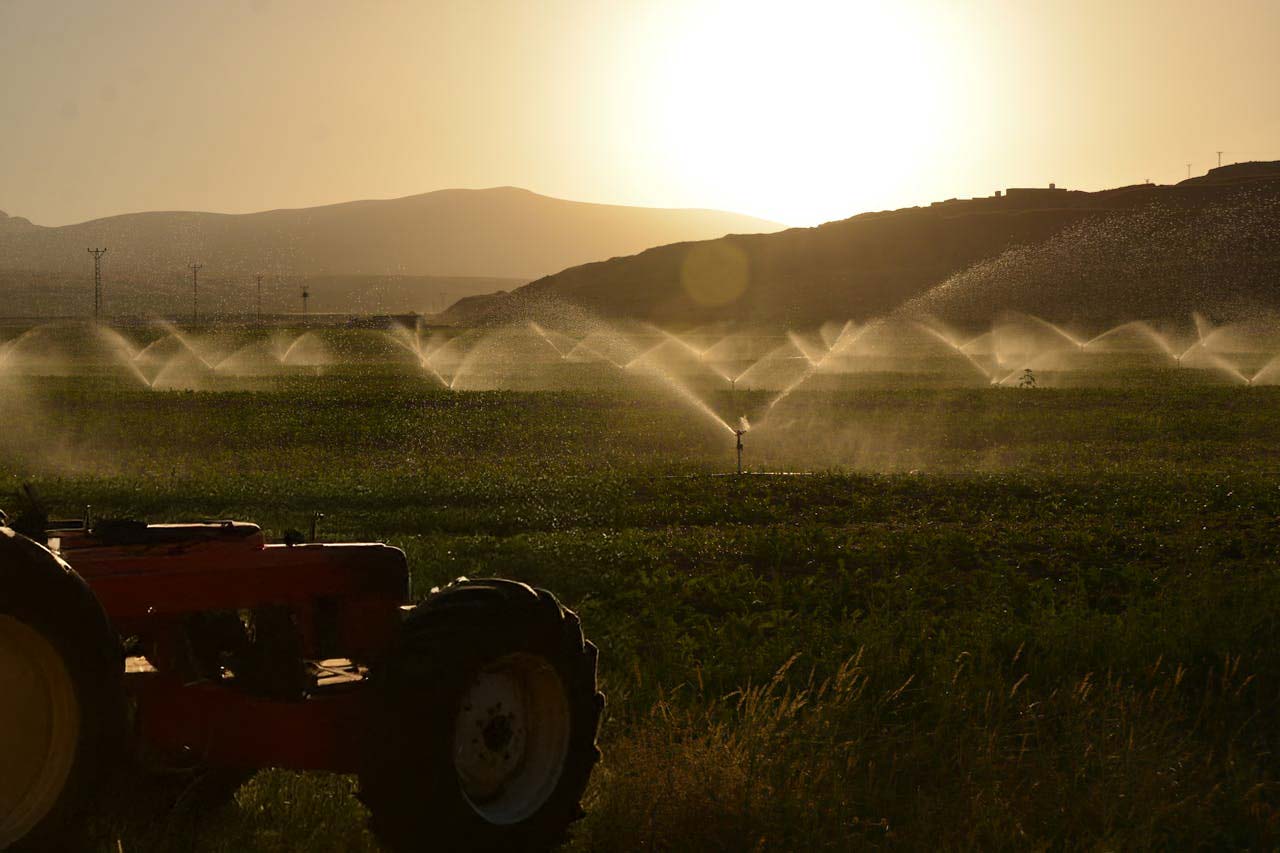
In the field of irrigation technology, self-propelled machines are still common and work perfectly even in the most difficult conditions. They can supply large areas with sufficient water at a time to maximise yields. Of course, these are major investments, but they are guaranteed to bring back the goods.
Planned investments in irrigation improvements
Investment in irrigation was a topic years ago, when 31% of farmers planned to make such payments. However, this was influenced by the conditions of the production site, non-incentive market demands and small farm sizes. Others said that the reasons for not investing in improvements were expensive operation, lack of money and, of course, lack of other water rights permits. Yet the area of irrigable land could be nearly 897,000 ha, which would represent more than 33% of the irrigable crop area. This is almost 17% of agricultural land. So there is plenty that can be done to combat drought, but this will require a lot of development, investment and, of course, technological innovation in the future if we are to avoid the negative effects of climate change.



